Understand the key differences and innovations in SAP S/4HANA 1610
Category: SAP S/4HANA Finance Posted:May 05, 2017 By: Ashley Morrison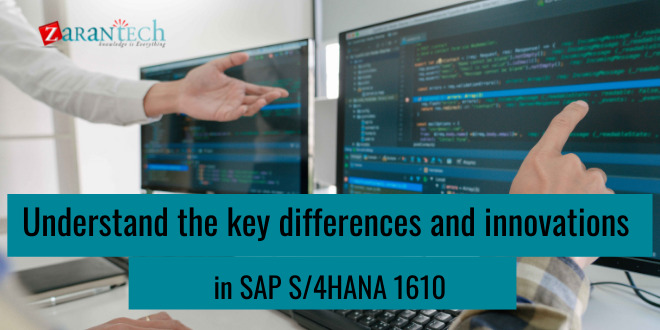
There has been an incredible surge in interest when it comes to SAP S/4HANA. Users and professionals alike have plenty of questions regarding the what, why, and how of S/4HANA.
2014 saw SAP introducing simple innovations beginning in the region of Finance, with the brand new product being called Simple Finance surrounding news about Simple Logistics.
The simple naming convention of SAP was replaced with heterogeneous naming post the release of Simple Finance 2.0 in 2015. This may have led to confusion amongst users regarding release numbers.
It has to be noted that S/4HANA Finance is a different product as compared to S/4HANA (Enterprise Management). And S/4HANA Finance comprises of just the finance innovations on to the pre-existing system. Therefore everything in logistics will remain as it was before. It also has to be noted that the migration effort to this product is considerably lower than directly moving to S/4HANA.
S/4HANA 1610, includes all the available functionality of the latest release of S/4HANA Finance 1605. The implication here is that Finance S/4HANA 1610 and S/4HANA Finance 1605 are in sync with each other.
Key differences and innovations in the area of Finance in S/4HANA 1610
The key benefits of S/4HANA for an enterprise, major differences when compared to classic FICO in R3 will be covered here. In an effort to cover all difference existing some features included in Simple Finance 1.0 will also be covered here.
One Single Source of truth and all accounts become GL accounts
While every actual line item will go to storage in the new ACDOCA table, no redundant and aggregate and total tables will exist anymore. Also, it is worth noting that every dimension of AA, ML, CO, GL, and COPA will be available in ACDOCA.
Within ACDOCA there will be multi-dimensional GL, parallel currencies, parallel ledgers and 999,999 line items, and custom-defined fields. The challenges involved in consolidating integrated content of various tables to show the truth and reconciliation details of different levels stored in SAP tables are resolved with this key innovation.
Since actual line items are now stored in a single table, the merge of primary and secondary cost elements is instituted.
Checkout the Article-SAP HANA, S/4HANA, and S/4HANA Finance in a Nutshell
Parallel currencies and parallel valuation
S/4HANA 1610 now sees 10 parallel currencies per ledger. There is also a possibility for real-time conversion for all currency types. And also zero balance per document is guaranteed for each currency and also calculations for CO-area currency are done for all accounts.
S/4HANA 1610 also sees Parallel valuation functionality being significantly improved with SAP providing two options to store various valuations:
- Minimization of memory footprint
- Minimization of effort and time for closing
- A parallel valuation which is updated in parallel single-valuation ledger
- Separate ledger for every single valuation
- A parallel valuation which is updated in the multi-valuation ledger
- Highly Transparent separation of posting and reporting depending on various regulations
- Separate amount columns in the very same ledger
Profitability Analysis in S/4HANA 1610
Improvement and consolidation of Account based COPA is made possible in S/4HANA,
And this is the recommended form of Profitability Analysis. Even though there is no integration with Universal Journal, Costing-based Profitability Analysis is still offered which can be utilized in parallel
Mission-critical gaps of the past are sealed with the list of enhancements in Account Based profitability analysis
- Posting of Goods issue is used to split cost of goods sold on multiple accounts depending upon the component split
- Order settlement handles the split of production variances on multiple accounts
- Three new quantity fields are offered in line items
- There is Real-Time derivation of market segment information gotten from cost postings
Summary of the enhancement:
Limitations existing in the current set of enhancements, in Account Based Profitability Analysis, are:
- Sales conditions not posted to GL not supported
- Realignment of features which are altered after posting are partially supported and does not extend to all characteristics
- Generation of sales order creates expected revenue, COGS and more in profitability analysis which is not supported.
Attributed Profitability Segments
This is one of the most important enhancements in Profitability Analysis.
For instance when one has a debit memo request in a Time and Material Service order having a settlement rule for settlement to COPA. There will be no profitability segment, but an account assignment to the service order will exist for the debit memo request. This implies that one cannot possess the profitability segment information unless and until service order is settled to COPA. This new functionality sees the real account assignment to service order and also sees to an attributed assignment to a profitability segment
Event-based Revenue Recognition
The Universal Journal sees complete integration with the revenue generation process. And separate storage is not available anymore for Revenue Recognition data.
Identification of cost and revenues will be done as and when they occur, and the entry of source document will create two postings. These include initial cost and revenue entry and, revenue recognition posting
There is also a new application called ‘Event-based Revenue Recognition’ for monitoring revenue recognition postings and manual adjustments.
Bank Account Management (lite)
Conventional setups saw house banks and also bank account in SAP. But in this version, a fundamental function of Bank Account Management within Cash management is incorporated into the core, which is called Bank Account Management Lite.
New differences and features as contrasted with the old bank account setup and house bank are as follows:
- Group-wise Account Management
- Opening and Closing with Approval Process
- Easy Maintenance of Bank Accounts
- Overdraft Limit
- Signatory
Users can maintain Bank accounts using a devoted Web Dynpro or Fiori application since Bank accounts are now part of master data. The house banks themselves are still generated during customizing. Transaction Fi12 has been rendered obsolete and the new transaction Fi12_hbank has replaced this. Therefore the process of generating house bank and house bank account has been split and is made to be executed at different locations
New Asset Accounting
A pre-requisite for migration to S/4HANA Finance is once again the migration to New Asset Accounting. This is because of the following reasons:
- Elimination of Data Redundancy
- Ensuring of Reconciliation between GL and AA
- Transparent Assignment of Depreciation area to accounting principle
- Simplification of Chart of Depreciation with only 1 CoD per valuation
- Removal of Delta Depreciation Areas
- Asset balance in real-time
- Ability to Plan values in real-time
It has been made mandatory to use the New Depreciation Calculation Engine, as the tables ANLP, ANLC, ANEK, ANEP, ANEA are no longer updated in New Asset Accounting.
Embedded Analytics and Reporting
SAP seamlessly integrates analytics and transactions into a single system enabling operational reporting for transactional data that is live.
There is a lot of ground to cover in S/4HANA, with so many new possibilities arising out of pre-delivered Virtual Data Models and new data structures which mean the performance of HANA with its cutting-edge reporting tools and interfaces enhances SAP’s tool efficiency greatly.
Business logic is embedded in pre-defined models across the suite, which comprises of the entire concept of embedded analytics in S/4HANA. Fiori-reporting, SAP Lumira, and Analysis for Office are the most commonly used S/4HANA implementations by customers.
Checkout the Article-Users Should Know About: SAP S/4HANA Sourcing & Procurement
Conclusion
With all the latest developments and innovations in SAP S/4HANA Simple Finance, it is clear that most benefits from previous versions are still retained in this version, along with simplification and resolution of commonly faced challenges in the Finance domain reporting. All this makes Simple Finance a highly valuable addition to any organization’s software infrastructure.
I hope that by now you have had an overview of SAP S/4 HANA Finance. Before you enroll in ZaranTech’s certification course on SAP S/4 HANA Finance, do check out the S4 HANA Finance demo:
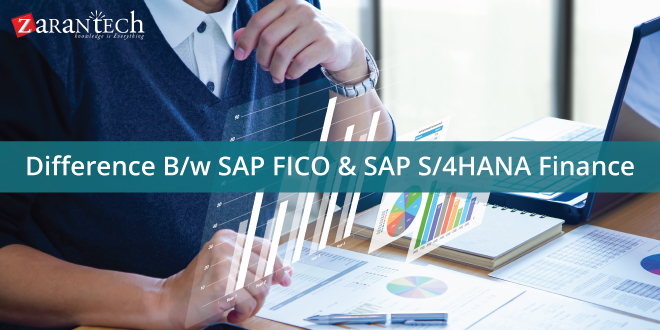
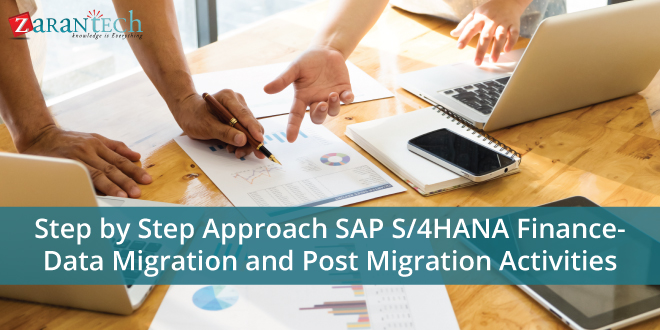
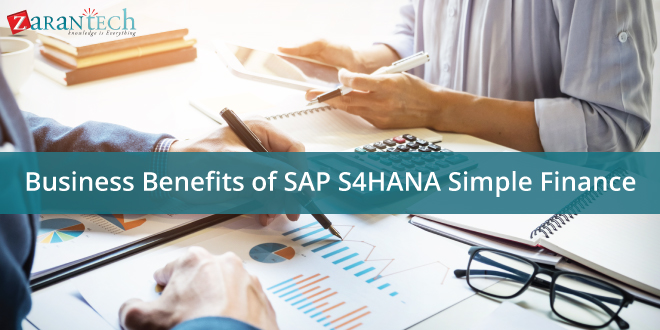
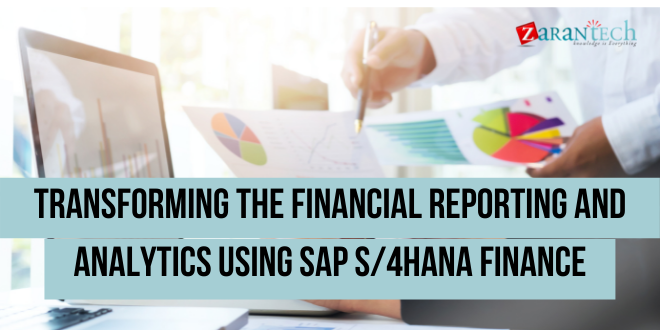
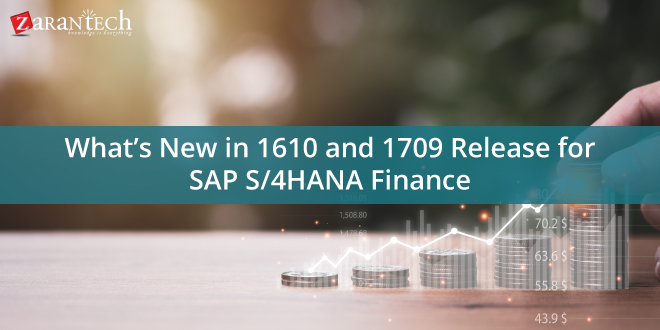
 99999999 (Toll Free)
99999999 (Toll Free)  +91 9999999
+91 9999999